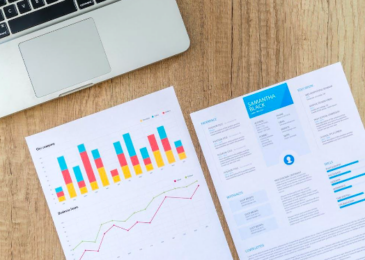Marketing funnels are essential for steering potential clients through the customer journey and converting them into paying clients or customers. A well-crafted funnel allows you to target your audience, provide value, build relationships, and generate revenue. This article will investigate key strategies for mastering marketing funnels to drive higher conversion rates.
Using a Funnel Mastery Tool
One of the best ways to craft effective funnels is to use a dedicated funnel mastery tool. These platforms provide a pre-made marketing funnel template covering the most common conversion funnels like sales, onboarding, e-commerce, and lead gen. Using these templates allows you to quickly map the customer journey and identify opportunities to reduce drop-off. Most tools also let you easily create landing pages, integrate email automation, and track funnel metrics.
Optimising Each Funnel Stage
Your marketing funnel should seamlessly guide visitors through three key stages: awareness, consideration, and decision. During the awareness stage, you need compelling content to capture attention and traffic. This includes guest posting, social media, PPC ads, and SEO. In the consideration stage, landing pages, demos, free trials, etc., allow you to showcase your product value. Finally, the decision stage focuses on overcoming objections, building trust, and motivating conversions via promotions, scarcity, and effective calls-to-action. Continuously test and optimize each stage to reduce drop-offs.
Understanding Your Audience
The most effective marketing strategies are tailored specifically to your target customer avatar (TCA). Building highly detailed TCA profiles helps you create resonating messaging and funnel journeys. This includes capturing demographics, challenges, goals, common objections, and motivations. Map your content, offers and funnel design to guide your TCA towards a conversion aligned with their needs and interests. Funnel analytics shows where audiences lose interests so you can continuously refine targeting.
Driving Traffic to the Top of the Funnel
The largest opportunity for improving conversions lies at the top of the funnel. This initial traffic source and awareness stage sets the ceiling for possible conversions. Expanding reach through content, referrals, and ads is crucial. Guest posting on industry blogs builds credibility and backlinks. Promotions via email lists, social media and paid channels exposes your funnel to new qualified audiences. Retargeting past visitors helps capture potential lost conversions. Automating the process through funnels identifies and nurtures promising leads over time.
Leveraging Data and Analytics
To truly optimize marketing funnels, leverage in-depth data and analytics. Modern funnel platforms provide intelligence on where prospects drop out and why. Closely monitor conversion rates, traffic sources, page views and other metrics to identify optimisation opportunities. Use A/B testing to lift performance through improved page layouts, calls-to-action, and content. Bring together quantitative data, qualitative customer insights, and a culture of continuous testing. Analytics unlocks major conversion gains by revealing exactly where your funnel fails prospects.
Mastering marketing funnels is crucial for systematically guiding prospects to become delighted, loyal customers. By mapping detailed customer journeys, continuously optimising each stage, understanding your audience, and expanding traffic channels, you can maximize conversion performance. Adopting the strategies and best practices covered here will lead to a breakthrough in sales growth and revenue.







